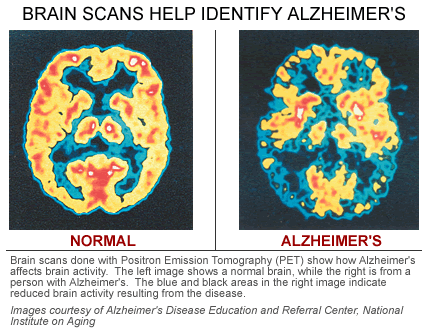I have always been amazed at the effect Alzheimer’s and dementia have on people. Many are able to still function within the role of daily activities, but are lacking the context within which those activities exist. I found this most interesting when I first visited a memory care unit of an assisted living facility in Bingham Farms, Michigan. There was one section of the building’s courtyard where there sat a pile of unfolded clothes, a clothes basket, and a bench. The sign sitting nearby on a table read PLEASE FOLD THESE CLOTHES. Moments later a beautiful silver-haired women with advanced dementia strolled into the room, sat down, and began to hum to herself while she folded the clothes and placed them in the basket. She took her time, making sure each item was folded nicely, and placed them gingerly into the basket. When all the clothes were done, she rose to leave, greeted me with a smile, and continued her walk.
A few minutes later a facility employee came by, dumped the clothes back onto the bench, and tussled them with her hands. She, too, left the room greeting me with a smile. I, to be honest, was dumbfounded. Why on earth wold she do that right after the nice old lady folded all of the clothes?
Well, I am smarter now, and understand that when dealing with dementia, repetitive activities can actually be a soothing and comforting way to keep one with dementia etertained and free from boredom. Sure enough, just a few minutes later, the nice old lady with the silver hair returned and folded the clothes, as if it was something new and exciting for her to do. In a way, I’m sure she felt important in the fact that she was able to accomplish something that day. Even if it was the same thing, over and over, it was something new and exciting for her each and every time.
What other activities can we find for the with dementia to engage each day?
The following activities are suggested in the book, Practical Guide for Caregivers:
Art
Clay: Use modeling clay and make objects or animals.
Water colors or crayons: Free-style water-color/crayons (more…)
